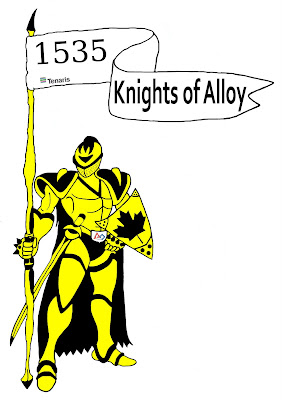
I also created two buttons. One school related and one of a favorite quote. They look like;


We also received a small opinion work sheet. It's about a girl who uses her interest in photography, fashion, and her education in english to create a blog. The questions that went along with the assignment about the article are;
Will she be successful in her blogging quest to build a career?
I think Yarhi will be successful in her blogging quest to build a career because both her parents work in film and she has been noticed by many people.
Is a blog a good avenue to use as a portfolio of your abilities?
A blog is a good avenue to use as a portfolio for your abilities because it is worldwide and many people use the net and blogs. I think that if you use a blog you should also copyright your images and such so no one can steal them.
Why did she create a blog?
Yarhi created a blog to showcase her writing and her photography as well as spotlight what she believed was Toronto's colourful but largely overlooked world of street fashion.
Has the blog opened doors for her?
The blog has opened doors for her because she was profiled in shopping magazine Loulou. Much Music produced a three minute segment on her as a street photographer, which led to a gig as the station's correspondent for Toronto Fashion Week. Elle Canada hired her to do street style photo shoots, and her reputation came to the attention of editors at the alternative weekly, NOW.
How does she promote her blog?
She promotes her blog by publishing it to the world on the internet for everyone to see.
